There is a very nice story of a dinner for Waterloo veterans at which Alexandre Dumas — ‘Dum-ass,’ as the Antarctic explorer Taff Evans would have him — was for some reason present. I can’t remember now the exact wording of the exchange between them, but Dumas had clearly spent so much of the evening sounding off about the battle as if he knew what he was talking about that a French general at the far end of the table could finally take no more. ‘But my dear Dumas,’ he protested, ‘it wasn’t at all like that! And remember, we were there!’ ‘Precisely, mon général,’ came back the reply. ‘You were there, so how could you possibly know?’
Gordon Corrigan is more than a chip off the old Dumas block. I can’t think of a history of Waterloo that makes so little direct use of quotation from eye-witnesses; but irritating as that might be, both men do have a point. In the immediate aftermath of the battle literally hundreds of accounts of the fighting were written by participants of every rank. But as Captain Siborne discovered in the 1830s, when he set out to build his great model of Waterloo, if you ask 50 officers where they were, or what crops were growing, or which units were alongside them, or what time something happened you get 50 different, conflicting and — with the passing of time — increasingly partisan and irascible responses.
A battle is very much like a ball, Wellington famously observed: no two people will see the same thing or recall it in the same way. And Waterloo was a ball with the smoke of 400-plus cannon to add to the general confusion. It did not really matter whether you were charging with the Scots Greys or in square behind the ridge, your battle would have been a very local and limited affair. The officer who, when asked what it had been like for him, said that he had been knocked over and spent the whole day with his face in the mud and hadn’t a clue what had happened, was just an extreme example of a pretty general phenomenon.
All that conceded, though, I wasted so much time being unnecessarily goaded by the extraordinary self-confidence of Corrigan’s Waterloo that I was a fair way into it before I realised what a very good book it is. There is hardly a passage here where ‘this author’, as he insists on calling himself, does not somehow elbow his way to the front of the story. But if you can get past the provocations and throwaway comments; if you can ignore the footnotes on RSPCA ‘class war’, or ‘this author’s’ experience of tent-pegging, or ‘this author’s’ opinions on eating frog legs; if you don’t mind being made to feel like the kind of wishy-washy civilian who has never been pinned down by a dead horse, played polo, gone hunting or handled a sword and probably wanted Becher’s Brook filled in, then here is a vigorous, lucid, well-organised and entertaining account of the Waterloo campaign and the armies that fought it.
This is a soldier’s book, and an old soldier’s book at that — Corrigan retired from the army in 1998 — and if that will come with a mild government health warning for some readers, then the advantages outweigh the drawbacks. The title itself is slightly misleading, in that we don’t actually get to the battle until well past page 200; but it doesn’t really matter, because Corrigan is at his best here on the overall picture of the campaign, on the distinctive character of the different armies involved and on the crucial importance of good or sloppy staff work. He also emphasises the key strategic decisions and failures that led to Waterloo being fought on a battlefield that any French general who had faced Wellington in Spain could have told Napoleon — and did tell him — was architect-designed to play to the defensive strengths of the British infantryman.
And after 200 years, the fact is there really can’t be anything new to be said about Waterloo itself. Historians will probably still be arguing over the hour that the battle actually started in another 200 years’ time. But once you’ve put in your two pennyworth on that (and Corrigan pushes the start-time back as far as it will possibly go), puzzled over the ruinous French obsession with capturing Hougoumont and run a rule over the usual suspects — Ney, Grouchy, Jerome Bonaparte, Soult — all you are left with are the irreducible bones of every account of Waterloo.
These are the defensive superiority of line over column; the impregnability of the square against cavalry; the dangers of attacking British troops deployed on the reverse slope of a ridge; the battlefield mastery of Wellington; the strange inertia of Napoleon; the arrival of the Prussians; and the sheer savage ferocity and heroism on both sides. This was a battle that might not have pleased the military purist — a good professional soldier like Harry Smith was appalled at the brute, regressive stupidity of it — but it can still stir British juices like no other.
Corrigan is right to dispel some of the cherished myths that stubbornly cling to Waterloo. Here was an allied army, not a British one; and, given the terrain and relative numbers, it was not a battle that the French would have had any right to win. But in placing Waterloo in its proper context he has done nothing to diminish its fascination. There are times when his reluctance to exploit contemporary sources robs his book of the visceral immediacy of eye-witness records, but these now are easily enough found elsewhere, and it is a small price to pay for the clarity and decisiveness that marks his history.
There is, inevitably, endless room for dis-agreement in an account of a battle for which chapter and verse can be found for almost any and every shade of opinion. William and Frederick Ponsonby, for instance, might have been a bit surprised to hear that French lancers looked a lot more frightening than they actually were. But when you have a book by an author who is in a position to order a company of Gurkhas to march blindfolded up the slope of Mont St Jean to test a theory about the final advance of the Guard, disagreement is possibly not the wisest option.
Got something to add? Join the discussion and comment below.
Get 10 issues for just $10
Subscribe to The Spectator Australia today for the next 10 magazine issues, plus full online access, for just $10.
Available from the Spectator Bookshop, £25. Tel: 08430 600033
You might disagree with half of it, but you’ll enjoy reading all of it. Try your first month for free, then just $2 a week for the remainder of your first year.

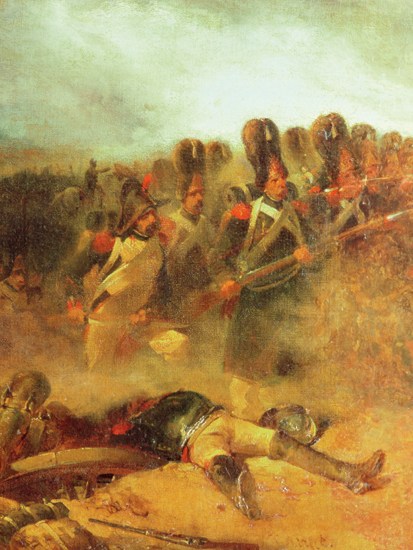


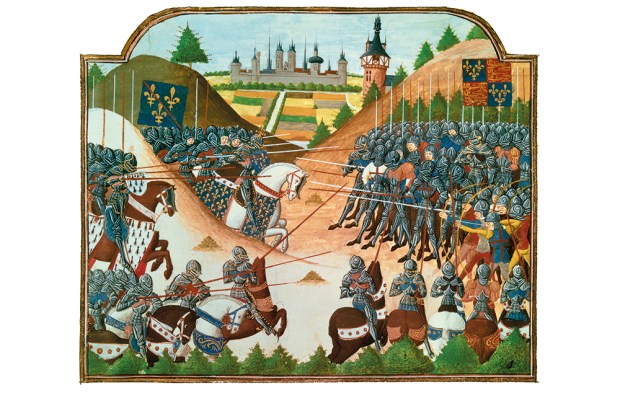
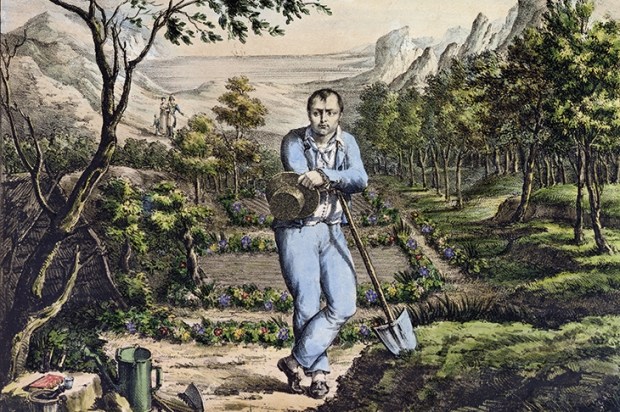
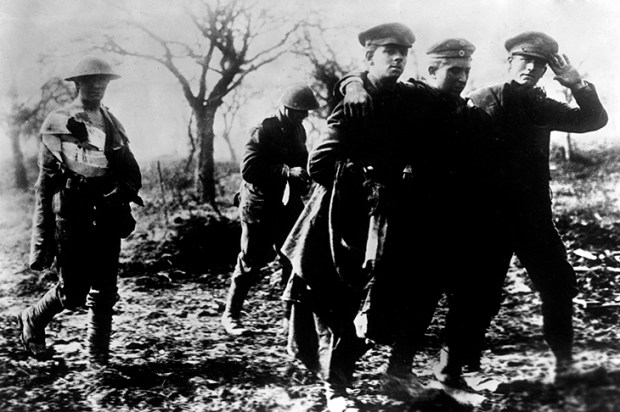
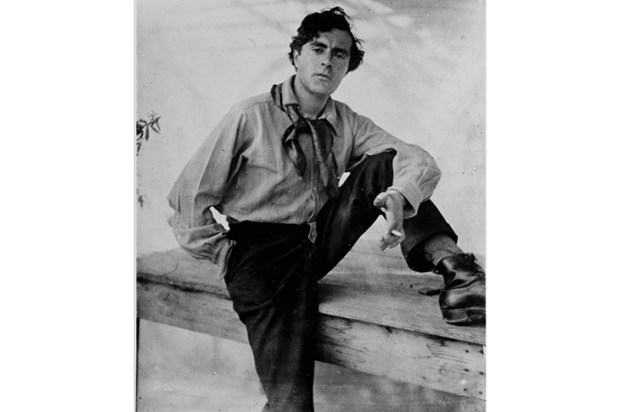






Comments
Don't miss out
Join the conversation with other Spectator Australia readers. Subscribe to leave a comment.
SUBSCRIBEAlready a subscriber? Log in